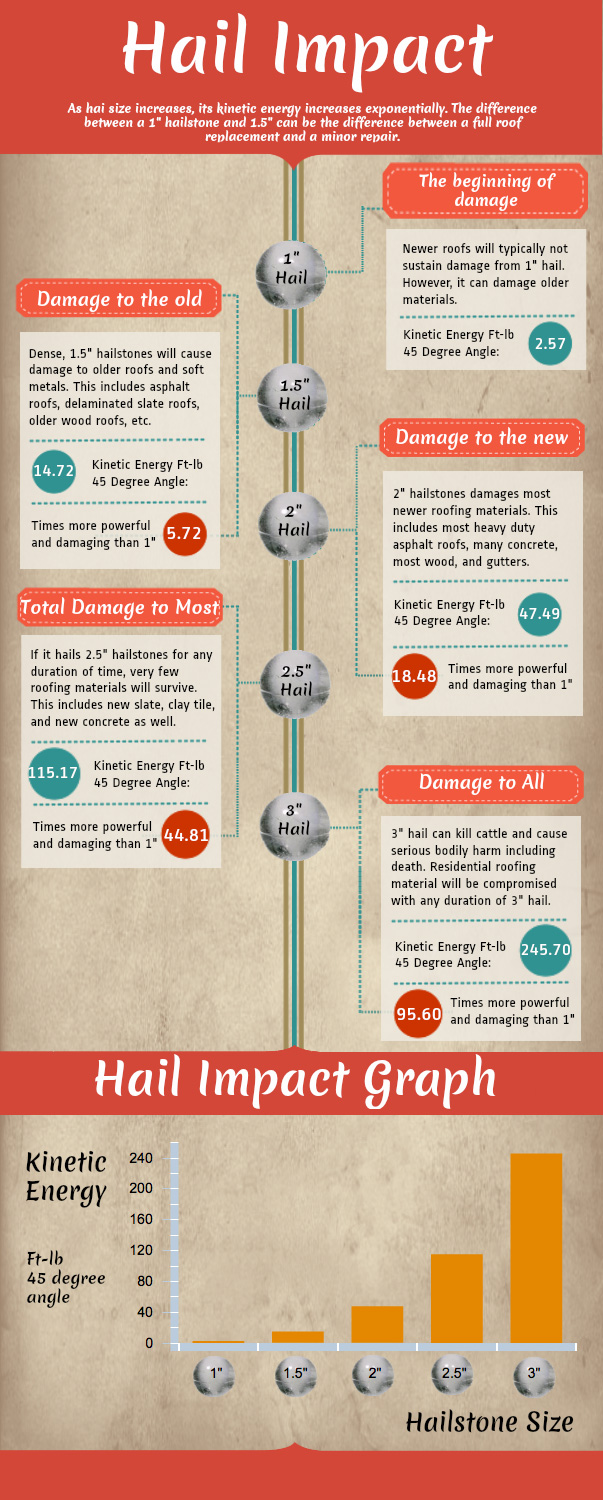Typical Risks In Roof Setup And Ways To Sidestep Them
Typical Risks In Roof Setup And Ways To Sidestep Them
Blog Article
Author-Parsons Castillo
When you're planning a roofing system setup, it's simple to overlook crucial information that can result in significant problems down the line. You may be attracted to reduce edges on product selection or miss proper blinking setup, yet these common blunders can cause costly fixings later on. Comprehending the importance of ventilation and sticking to regional building ordinance is important for a successful project. So, what are the essential steps you should require to ensure your roofing system stands the test of time? Allow's check out some effective methods to avoid these pitfalls.
Poor Material Selection
When it pertains to roof covering installment, picking the incorrect products can lead to costly troubles down the line. You may believe that any type of roof product will do, yet that's a typical misconception. It's crucial to select products that suit your regional climate and the certain requirements of your home.
As an example, if you stay in a location with heavy rain or snow, opting for asphalt roof shingles might not be the most effective choice. Instead, consider even more durable alternatives like metal or slate.
Furthermore, take note of the top quality of the products you're thinking about. Low-cost materials may save you money upfront, however they commonly do not have durability and can lead to regular repair services or replacements.
You should also consider the style of your home and make certain the products you pick will certainly maintain its visual appeal.
Finally, do not fail to remember to talk to professionals. They can give useful understandings and advise products that abide by local building regulations.
Investing time in proper material selection currently can assist you prevent headaches and costs in the future, making your roofing project a success.
Inadequate Flashing Installation
Picking the appropriate materials isn't the only variable that can lead to roof troubles; insufficient blinking setup can likewise produce significant issues. Flashing is vital for guiding water far from susceptible locations, such as smokeshafts, skylights, and roofing valleys. If it's not installed correctly, you take the chance of water invasion, which can bring about mold development and architectural damage.
When you set up flashing, ensure it's the best type for your roof's layout and the local environment. As an example, steel blinking is typically much more sturdy than plastic in areas with hefty rainfall or snow. Make sure the flashing overlaps properly and is secured firmly to avoid voids where water can permeate with.
You need to also take notice of the installment angle. Blinking need to be placed to direct water away from your house, not toward it.
If you're unclear about the installation procedure or the products needed, consult a specialist. They can assist identify the very best flashing choices and ensure whatever is mounted appropriately, securing your home from potential water damage.
Taking these actions can conserve you time, money, and headaches down the road.
Neglecting Ventilation Needs
While many homeowners concentrate on the visual and architectural elements of roofing system installation, ignoring ventilation requirements can cause major long-term effects. Appropriate ventilation is necessary for managing temperature and moisture degrees in your attic, stopping issues like mold and mildew development, wood rot, and ice dams. If you do not mount adequate ventilation, you're setting your roofing up for failure.
To avoid this blunder, first, assess your home's details air flow requirements. A well balanced system normally includes both consumption and exhaust vents to advertise air flow. Guarantee you've installed soffit vents along the eaves and ridge vents at the optimal of your roofing. This combination enables hot air to get away while cooler air goes into, maintaining your attic area comfortable.
Additionally, consider the kind of roof covering material you've chosen. Some products may require added ventilation techniques. window companies san antonio -check your local building codes for ventilation standards, as they can vary substantially.
Lastly, do not forget to check your ventilation system regularly. kitchen remodeling san antonio tx from debris or insulation can impede air movement, so keep those vents clear.
Final thought
To conclude, staying clear of usual roof covering setup errors is vital to guaranteeing your roof's long life and efficiency. By choosing the ideal products for your climate, installing blinking properly, and attending to ventilation demands, you can prevent expensive issues down the road. Do not forget to familiarize yourself with regional building regulations and timetable routine examinations. With just click the following web page , you'll take pleasure in a secure, durable roof covering that safeguards your home for many years to come. Happy roofing!
